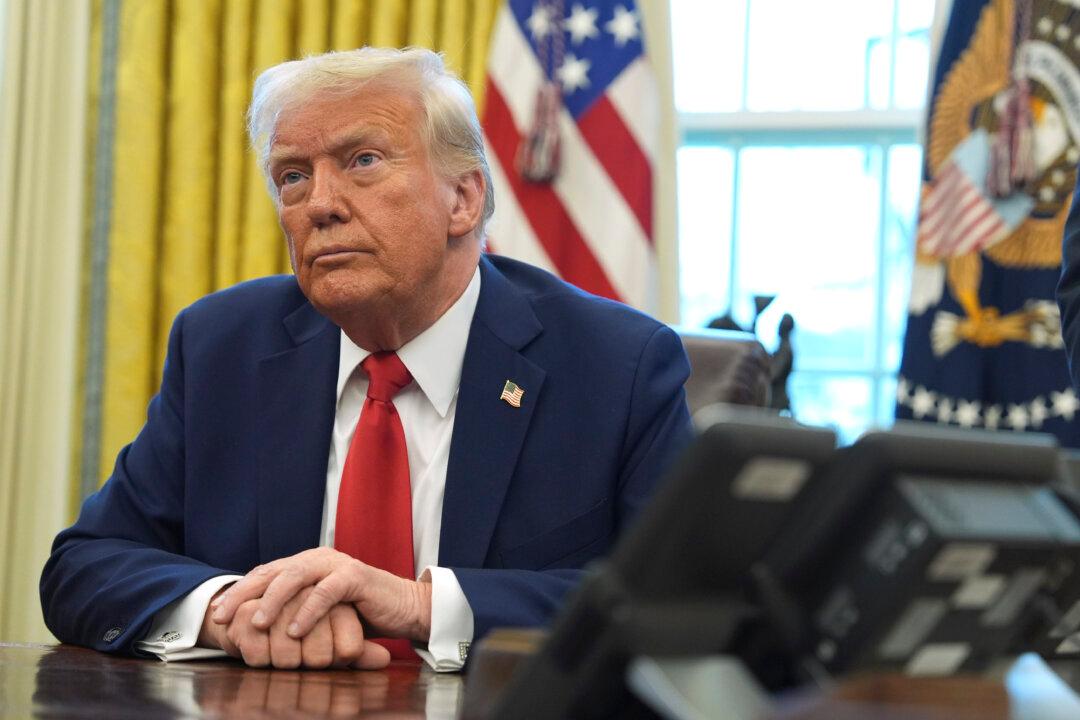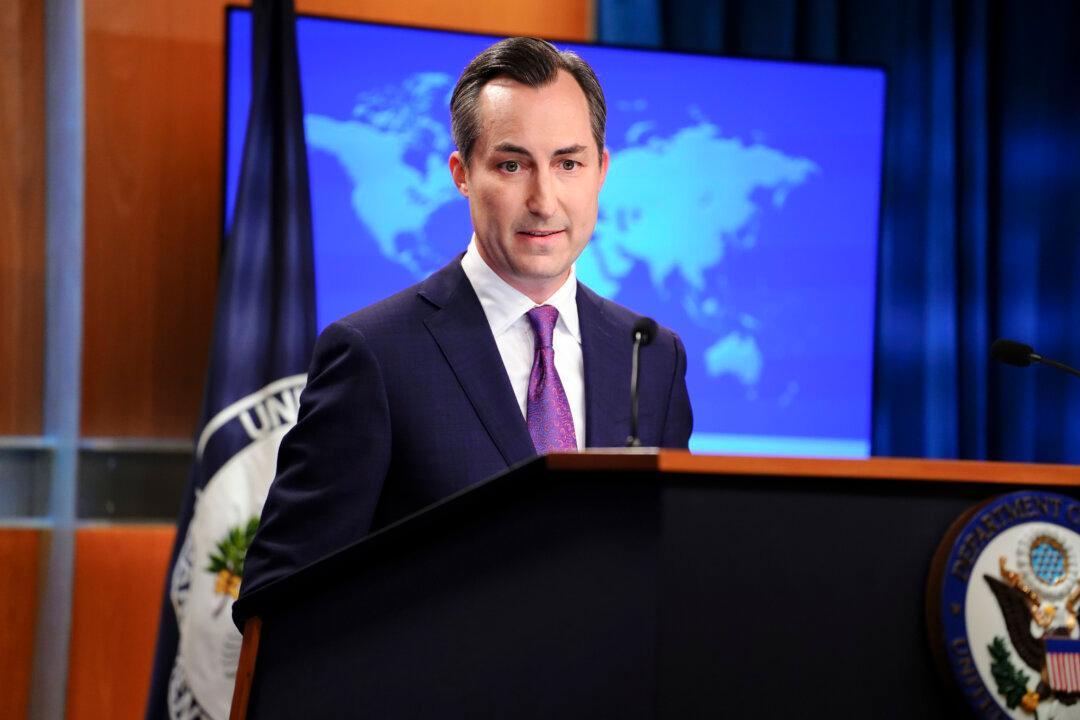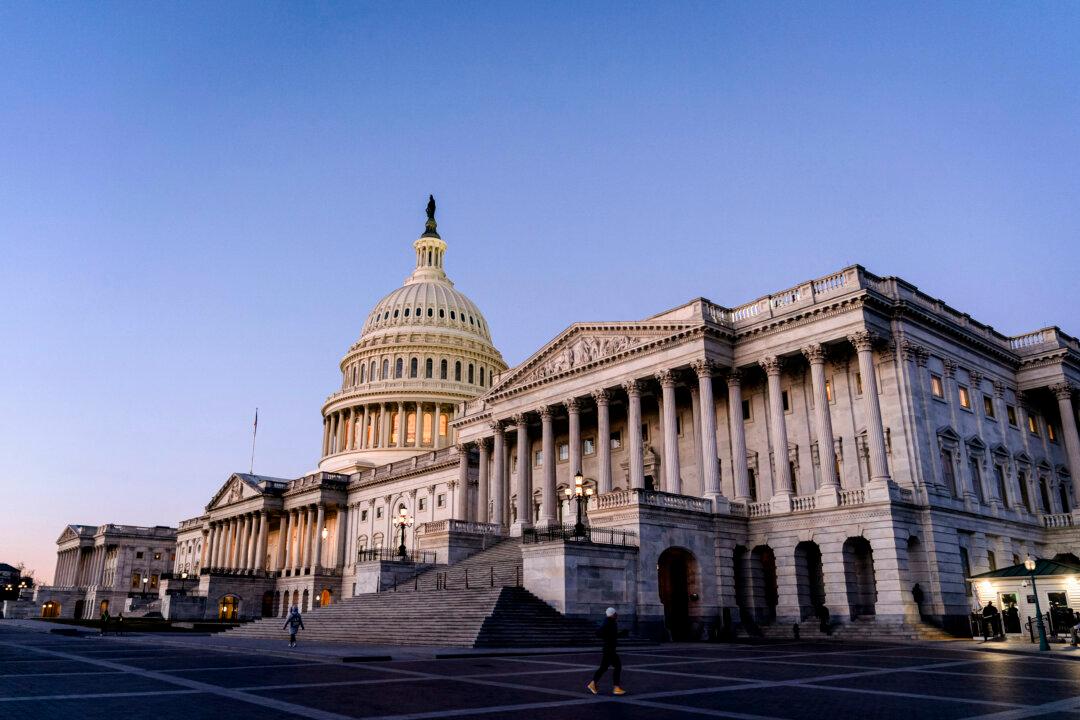Beijing is amping up its influence campaigns on Western social media platforms as part of an ongoing endeavor to promote pro-Chinese Communist Party (CCP) views on a global scale.
While Russian disinformation efforts on Facebook and Twitter have drawn the lion’s share of media attention since their bid to influence the 2016 U.S. elections, analysts say that the Chinese regime has since that time been playing catch-up, expanding and developing influence operations on these platforms—which are banned inside China.





